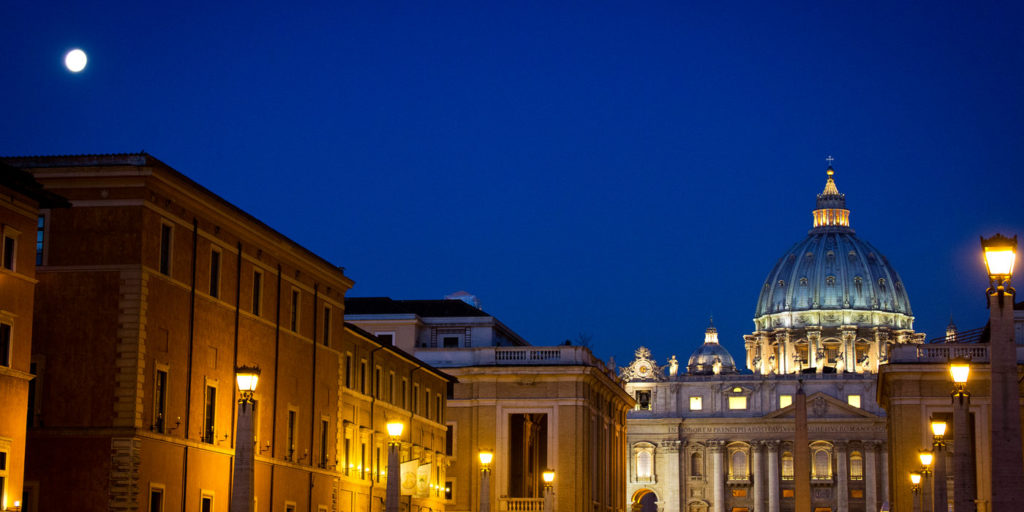Editor's note: Jim Rogers, director of the Center for Irish Studies at St. Thomas, submitted this guest column to The Scroll.
Not that long ago, I wore black on March 17.
Not that long ago, I was very arch about all the parading. I used to look down my nose at all the four-leaf clovers, all the green sweaters.
Not that long ago, I used to say there should be a tax on shamrocks, the proceeds of which should go to support Irish culture.
I’ve changed. Maybe it’s just that I’ve lived though too many Minnesota winters and can no longer begrudge anyone a party in March.
But I’ve also learned to distrust earnest pronouncements about a lot of things … even about how exalted the Irish tradition can be. The longer I’m around Irish Studies, the more I come to think that the most potent legacies of Ireland are subterranean – that they live in the quiet stories of families, in the multitude of individual tales to which we are all in some way connected.
Mind you, there’s plenty about Ireland that fascinates. It’s a country the size of Indiana that has produced four Nobel laureates in literature, not to mention scores of other fine writers. It has an irresistible folk music, which manages to be both sophisticated and simple at the same time. And the land itself tugs on visitors in a way unlike any other country.
One reason it’s hard for me to be completely dismissive of all that Tourist Board palaver about Ireland being a magical place, working some sort of mysterious transformation on those who visit, is that I have seen it happen – in myself and in the testimony of hundreds of people who have just come back. (In this, I suppose I am like the old Irish country woman who, when asked about the fairies, replied: “Well, I don’t believe in them, myself – but they’re there.”)
And yet, the central fact of Irish history is that of an emigrant diaspora – the four million Irish at home outnumbered by the more than seventy million abroad. In America, the early generations of this outpouring are quite literally written into our national infrastructure: as the great Harvard Celtic scholar John Kelleher said of their contribution, “It would be difficult to distinguish it from the drafthorse contribution to America, and it was rewarded with about as many thanks.”
They’re also the people who, by 1900, saw their sons exceed the national average in college attendance. (Their daughters had started exceeding the rest of the nation a decade earlier.)
St. Thomas is one of the longtime beneficiaries of that commitment to education. I’m proud that St. Thomas has maintained its Irish links with the Center for Irish Studies, the journal New Hibernia Review, the Celtic Collection, the O’Shaughnessy Poetry Award, classes in the Irish language and so much more.
And what makes me most proud is when these efforts show that the Irish experience is not a matter of antiquarian interest or self-congratulation. The poets and writers still produce moving work; we hear some of the best of that each year, when Irish poets visit our campus. People still think and write in the Irish language. Ireland’s history of colonization and nation-building is one from which people around the globe still draw lessons. And in our time, when there is more immigration going on worldwide than ever before in history, the Irish experience offers a “skeleton key” with which to open an empathetic window on the global experience of migration.
To my mind, that’s plenty to celebrate. Yes, I still draw the line at green beer, and I would not hesitate to strangle the person who invented those green plastic horns.
But am I proud of Ireland and the Irish?
As we say in Minnesota, you bet!






